I bet almost all of us are used to the idea of cutting trees in summer, everyone usually imagines a picture of a gardener or a housewife trimming shrubs, but have you heard about trimming trees in winter? You may amazed, but this way of cutting plants has lots of advantages compared to trimming in summer. Pruning trees in winter not only helps remove unsightly dead limbs but also promotes “strong new shoot growth” for better spring bloom, according to the Arbor Day Foundation.
Let’s dive into the topic and learn what pluses and minuses each method of trimming has.
What is the difference between trimming and pruning?
Before we start telling you about differences in the time of cutting trees and shrubs, it is necessary to explain the ways of cutting themselves.
These 2 terms – trimming and pruning – seem to have absolutely the same meanings. However, it is wrong: although the actions are similar, the purpose, the tools, and frequency of procedures are different.
Pruning
Pruning is the process of cutting branches and leaves in order to remove diseased and dead parts of a tree. The tools used for pruning include hand pole saws, shears, and lopping shears. The procedure of pruning is done quite rarely.
Trimming
Trimming is the process of cutting branches and leaves for improving the look of a tree. Trimming is done frequently because leaves and branches grow fast spoiling the general look of a tree all the time. The tools used for trimming include saws, hedge trimmers, and hedge shears.
Benefits Of Trimming Trees In Winter
A more distinguishable tree structure
When leaves fall off deciduous plants, it is much easier to find all the damaged or diseased branches. You don’t have any obstacles on your way to the wood, so you’re able to see all the trunks and branches freely and prune dead and diseased wood fast and easily.
In order for the branches for growing, you need to make the right cuts in the right places to improve the shape and health of your trees.
Dormant pruning doesn’t spread tree diseases
Tree diseases are spread by bacteria, parasites, fungi, and insects. Since these microorganisms are dormant in cold temperatures, winter tree work doesn’t allow the diseases to spread further from plant to plant.
There are kinds of trees which have to be cut in the cold time of the year exceptionally. For example, oak and elm can spread oak wilt and Dutch elm disease respectively.
More comfortable process of work
Cold temperatures in winter result in ground freezing. You can take advantage of this fact by bringing heavy equipment and putting it on the hardened ground. This way, you will feel more comfortable while working and accomplish it faster and more effectively than if you stand on an unreliable ladder being afraid of falling down all the time.
In case your region is characterized by warm weather in the winter months or it is late winter or early spring, be careful and check the solidity of the ground. It can happen that there’s a fragile layer of ice which can be ruined under the pressure of your heavy equipment.
Trees have less stress
Usually, when you prune trees damaged or diseased branches, a tree tries to recover and regrow cut branches quite fast filling the appeared gap. However, if you do winter pruning, new growth doesn’t begin until the growing season, i.e. until warmer spring temperatures come.
This fact is also explained by the fact trees need more sunlight, nutrients, and water for healthy growth. So, the effect of dormant pruning keeps for a much longer time than the effect of pruning in spring or summer.
A tree has more time to cure itself till destructive insects appear.
A safer territory for you and your household
Winter pruning may be needed not only for improving the look of trees and shrubs and removing dead and diseased wood. Winter pruning cuts may also be needed for removing dead or dangerous branches and trees which jeopardize all the people going around the yard.
If you have such dangerous branches, don’t delay pruning and warn everybody about the trees and fence the trees. Find out who is responsible for cutting overhanging tree branches.
Advantages and disadvantages of trimming trees during spring and summer
Trimming and pruning trees in spring or summer has some pluses and some minuses.
Here’s the list of tree work features which warmer weather brings.
Pluses
- You can see the tree the whole image of trees including leaves. Though when you prune trees the fact that leaves fall off deciduous plants in autumn is great, when it comes to improving the general look of trees, you definitely need to see the whole tree.
- Spring and summer change both trees and surrounding conditions. That’s why there are tree works that can be done only in the growing season. For example, it is necessary to trim trees in spring and summer to increase air circulation and provide more sunlight for flower buds, fruit, and berries. When trying to increase air circulation, move from the center to the outside parts of a tree. Don’t get too carried away, remove not more than one-quarter of branches not to cause poor growth of a tree.
- Early spring-flowering shrubs and trees get some buds before winter comes to begin flowering on time. It is necessary to delay pruning till late spring when these shrub and tree species have finished flowering. In the winter months, you just remove all the flower buds.
Minuses
- New growth of branches and leaves happens quickly.
- You don’t see tree structure clearly as you do during winter pruning.
- Pruning cuts may spread tree diseases since unlike cold-weather warmer weather brings conditions suitable for microorganisms such as destructive insects and bacteria.
video: Trimming Trees in Winter
When should you not trim trees?
There’s no concrete time of the year when it is forbidden to prune trees, however, there are phases of particular tree species which don’t assume pruning. For example, early spring-flowering shrubs shouldn’t be cut until they finished flowering.
In conclusion, we wish you good luck with trimming trees in winter if you will consider this way of cutting trees expedient and suitable for you.

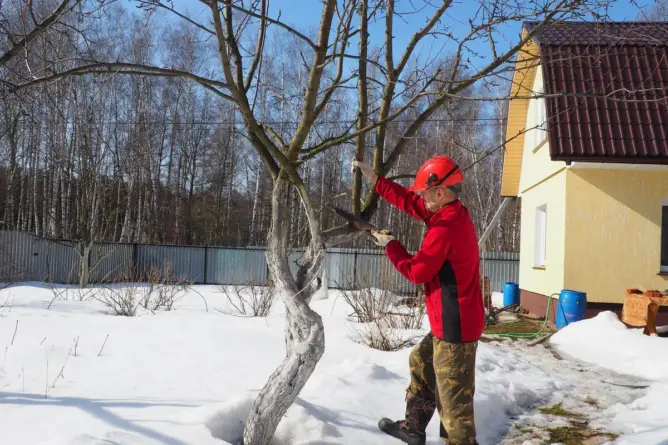
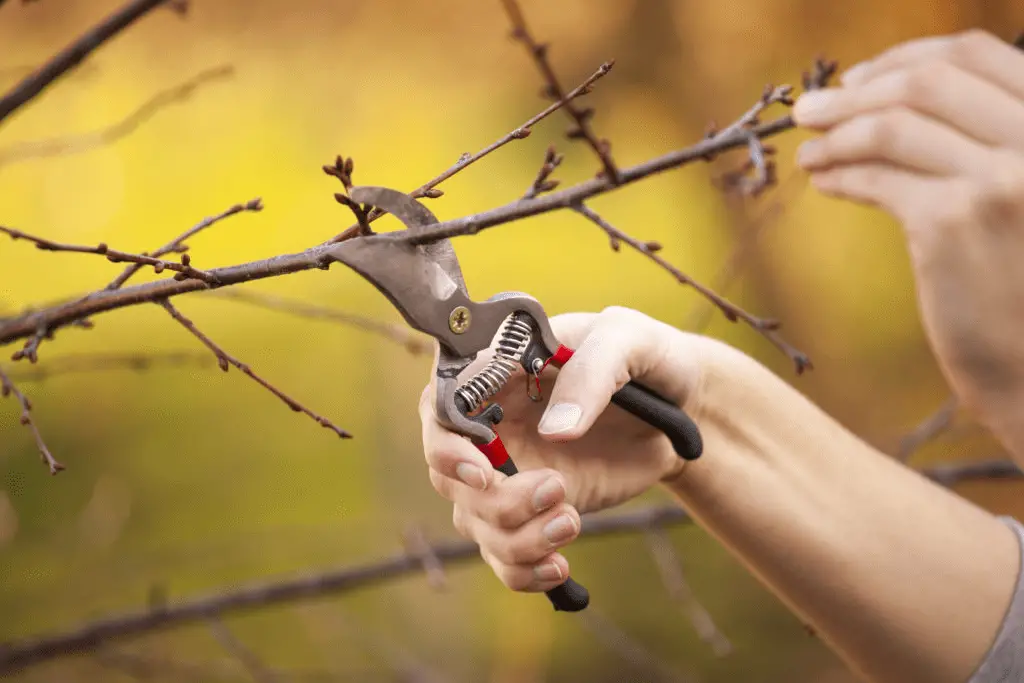
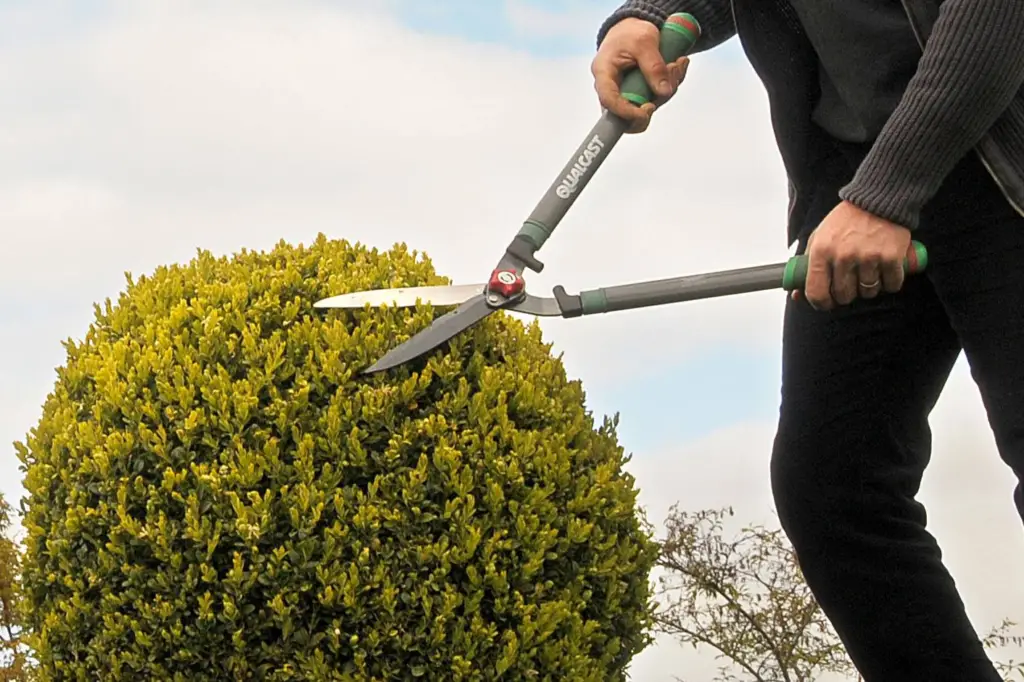
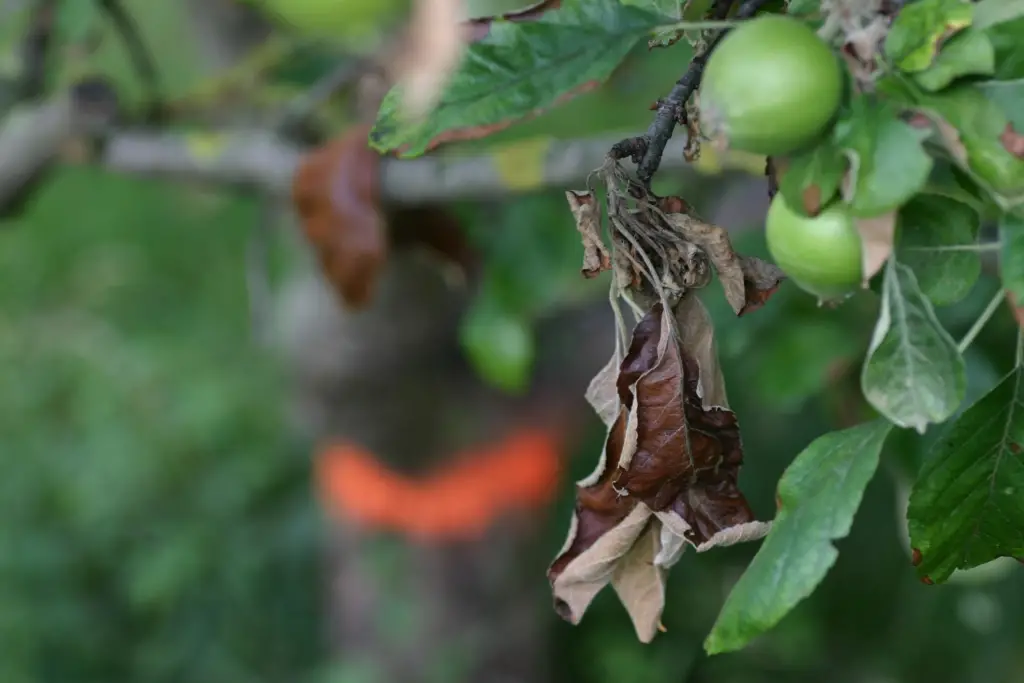
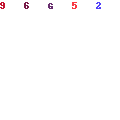



![Tree Cutting Techniques - Detailed Manual Tree Cutting Techniques - 9+Best Detailed Manual [2021]](https://treecuttinginfo.com/wp-content/uploads/2021/02/TREE-CUTTING-TECHNIQUES-120x120.png)